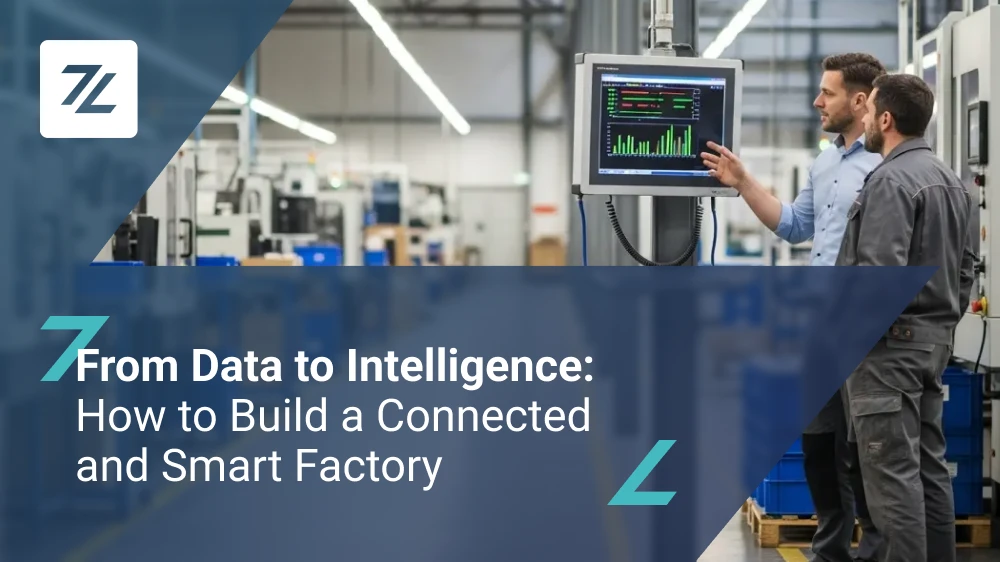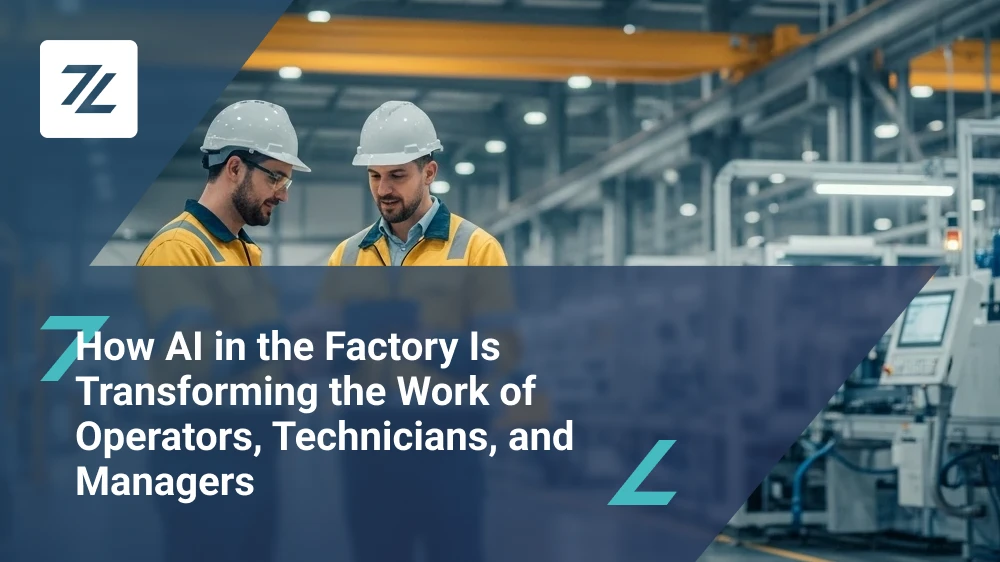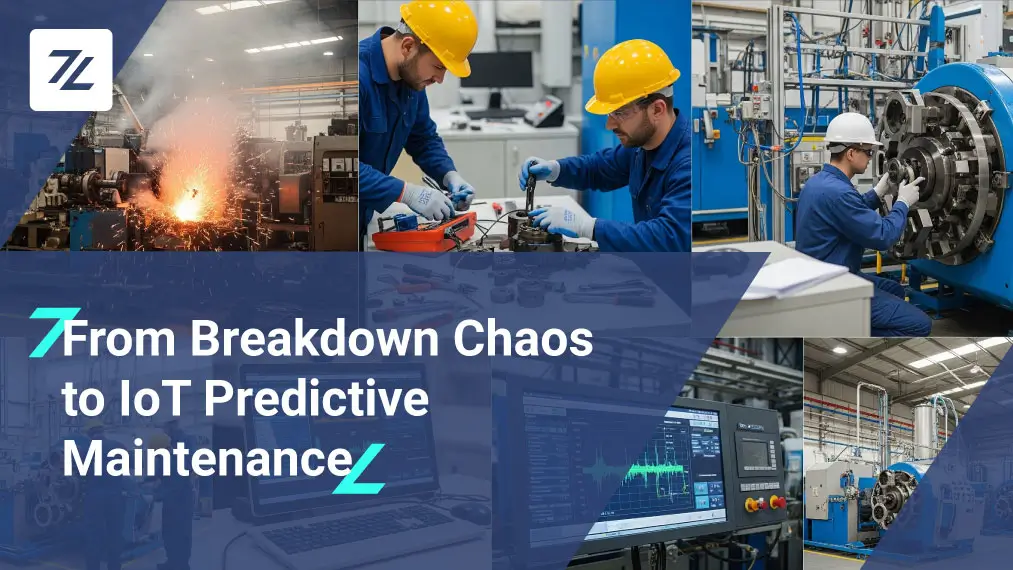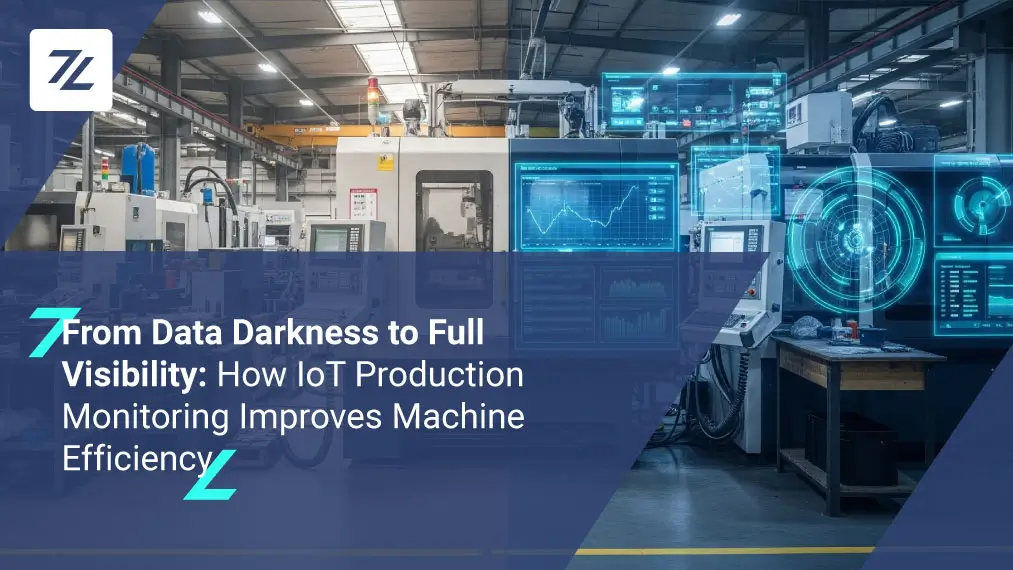How to tackle the traceability issue in plastic manufacturing with a digital solution?Thanks to the Zerynth Platform, a company in the plastic molding sector overcame the challenges related to tracking production cycles by integrating machines, management systems, and the cloud.
Keep reading to learn more!
What was the operational context?
The most common scenario in production environments where the process is continuous and low-variability is one in which a single machine carries out the entire operation defined by a single work order without interruptions and within a single production shift.
What was the main challenge?
One of the most important digital challenges for manufacturing companies is ensuring complete and continuous production process traceability. In the plastic injection molding sector, the production process is often linear, but what proves complex is guaranteeing digital consistency across all involved systems.
Each work order must be precisely tracked: from its creation in the ERP, through machine execution, up to the closure of the production cycle and the transfer of data to the cloud.
Where do problems arise?
The real problem is the absence of an integrated view across the entire information and production chain. Without precise synchronization between system layers, issues can occur such as:
- Incorrectly recorded orders
- Fragmented and inconsistent data
- Loss of control over ongoing activities
An invisible but high-impact challenge: it directly affects quality, efficiency, and the company’s responsiveness to market demands.
The solution implemented for integrated production monitoring with Zerynth Platform
How did the company solve the issues of data consistency and real-time monitoring?
The company chose to install the Zerynth Platform, an end-to-end solution that natively connects management systems, production machines, and the cloud.
What is the role of Zerynth’s Work Order Management App?
A key element of the solution was the Work Order Management App, which manages production cycles in a structured and synchronized way.
The platform’s middleware receives work order data directly from ERP and MES systems and sends it to edge devices installed on the presses.This allowed the company to overcome difficulties in collecting reliable data and maintaining constant production control, ensuring efficient tracking of production processes.
What operational advantages did this solution bring?
- Real-time control: Machine status, energy consumption, and production progress always updated.
- Optimized production cycle management: Structured and synchronized organization thanks to the Work Order Management app.
- Automatic data collection: Devices on machines monitor quantities produced, consumption, and operating status in real time.
- Simple operator interaction: Cycle start and end directly from the HMI panel, even in special situations.
- Continuous and consistent data flow: Information automatically sent as events and streams, always linked to the same work order.
What concrete results were achieved?
- +25% accuracy in production processes traceability
- -30% intervention times in case of machine downtime
- +20% energy efficiency thanks to detailed and continuous production process monitoring






